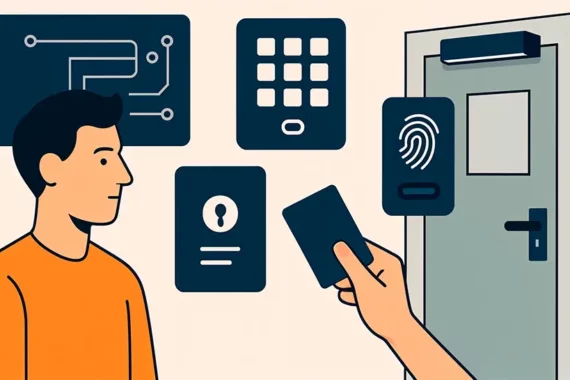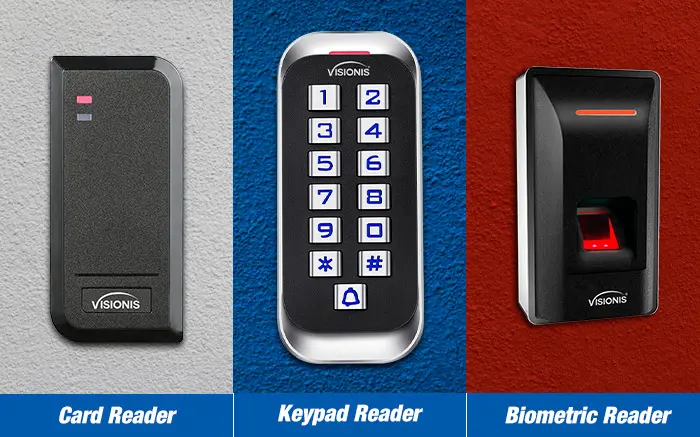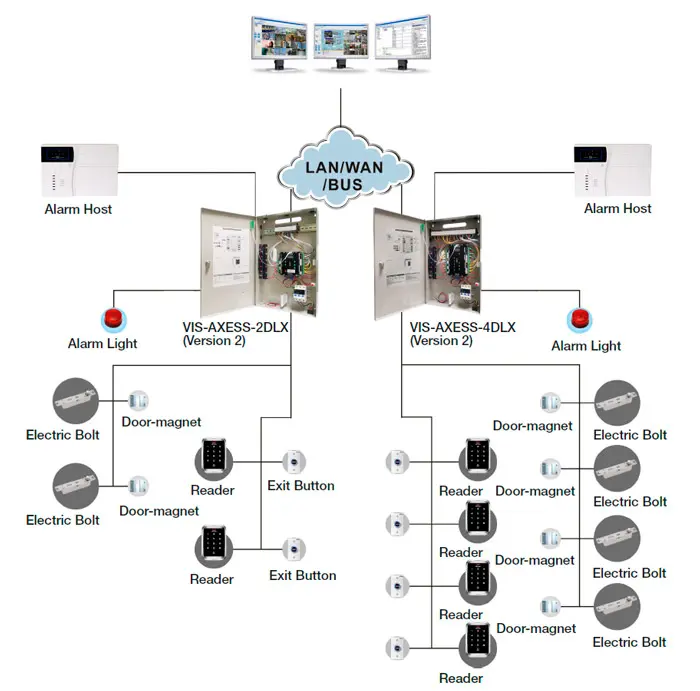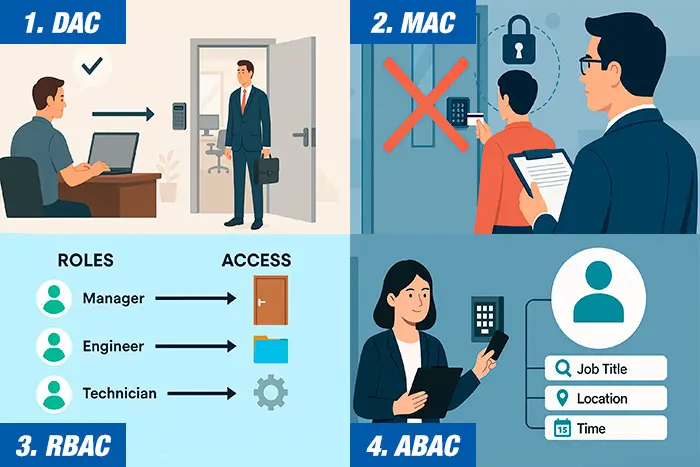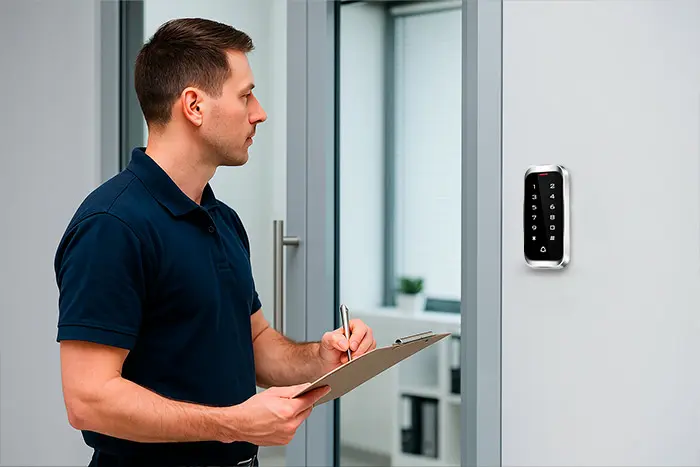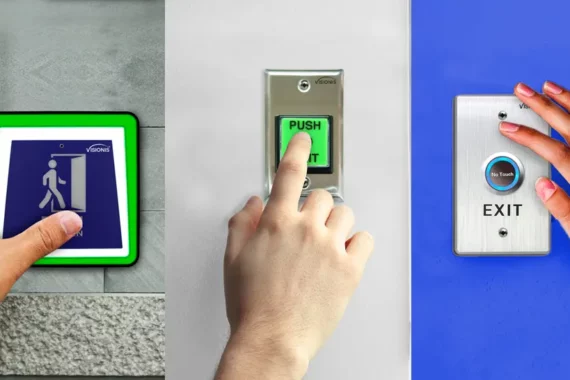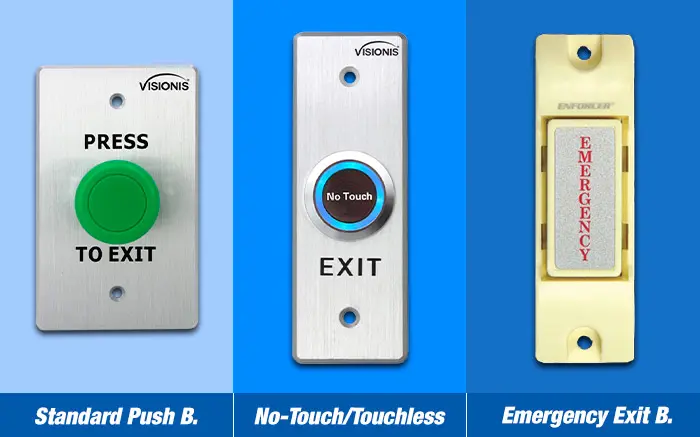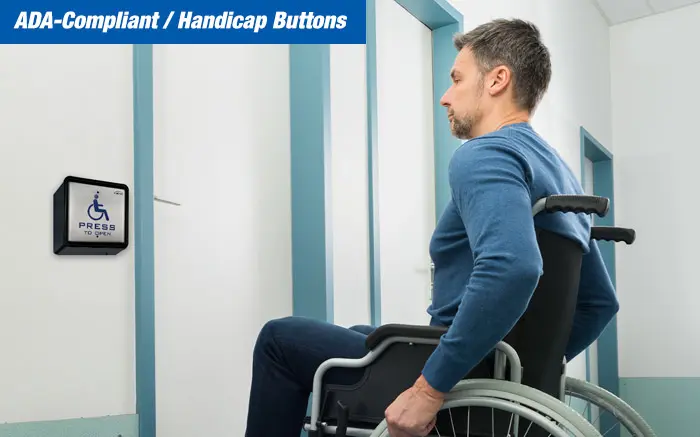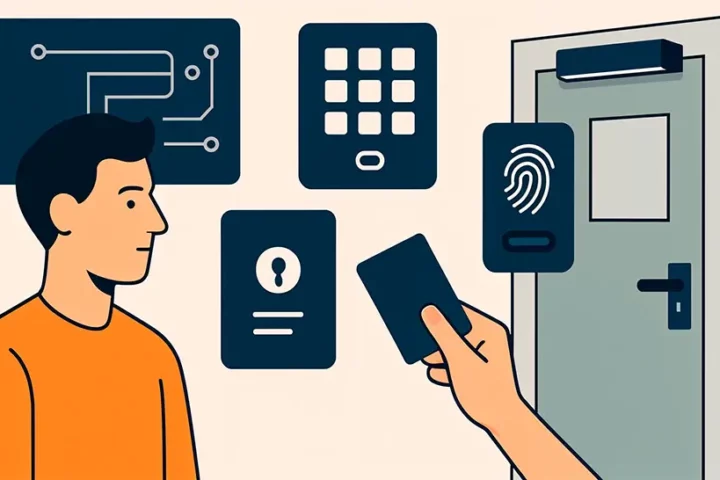Access Control
Access control systems regulate passage in and out of an area
The standard lock and key is a form of access control, but door access control systems have become sophisticated with time. Today, apartment building door entry systems are computer-based where all doors are managed from a central location. These keyless access control systems use special access cards instead of a brass key to allow access into or out of a room. When the wireless door entry systems are connected the right way, the system runs swift with the security manager or the homeowner being able to restrict or grant access to different parties.
Keyless door entry systems can be used to control access into given rooms in a building – access can be given to specific electronic cards and not to others. In its basicity, wireless door entry systems provide quick access to people with authorization and restrict access to unauthorized personnel.
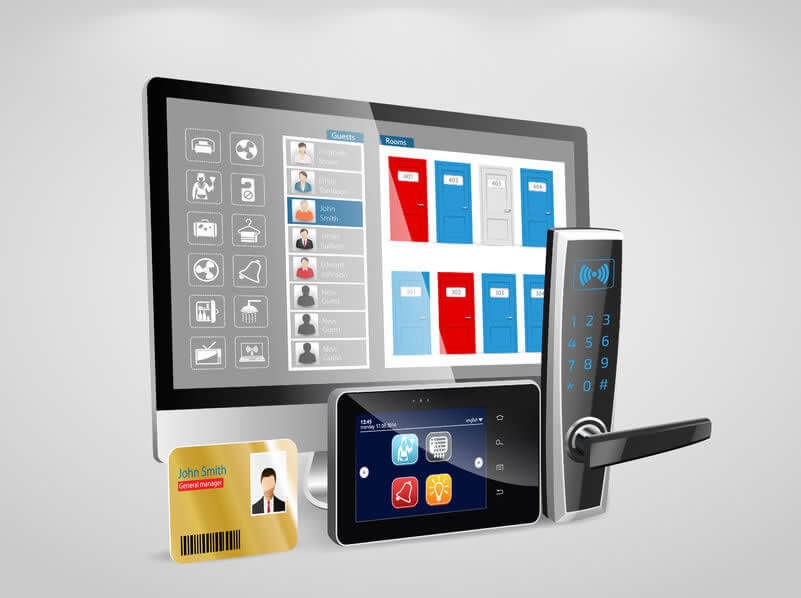
What makes up Access Control Entry Systems?
There are wide varieties of access systems, with each type varying in complexity from the other. In most cases, however, apartment building door entry systems have some basic similar components.
Access cards act as electronic keys to doors. You use them to gain access to a door that has been secured with wireless door entry systems. Unlike keys to a common lock, which are all the same, the cards are coded in a unique way. These cards are the same size as credit and debit cards, making them easy to carry and easy to swipe on the door.
True to the name, card readers are the devices used to read the details on a card electronically. These card readers may either be of insertion type where you insert the access cards just like in an ATM, or they may be proximity type where the card is placed a few inches from the reader and the door opens. For proximity readers, the reader is placed on an exterior or unguarded side of the door
In place of card readers, keypads may be used as apartment building door entry systems. The keypad has numeric pads just like those on a telephone. To gain access, a person is required to enter the correct code. These keypads might be used in addition to card readers to make comprehensive and more secure keyless door entry systems. In such a combo, the correct code and an authorized card must be presented for the door to open.
The electric lock hardware of a door is the device that electronically locks and unlocks a door. This lock is controlled by keyless door entry systems. There are different types of locks including electric locks, electromagnetic locks, electric strikes, and electric exit devices among others. The type of hardware used and its installation on a door is determined by the construction conditions of a door.
The electric lock hardware controls entrance in secured places, but to comply with building and fire codes, the hardware will not restrict exit from a building.
These are also referred to as ‘intelligent controllers’. The panels are installed in one location where wireless door entry systems are to be provided. All other devices including card readers and electric lock hardware are connected to the field panels. These panels then process all activities involving access control at the building level. The number of doors that need control determines the number of door entry systems field patterns. These panels are normally installed in electrical, telephone, or communication closets.
These systems are reliant on the physical characteristics of the users. They use fingerprints or retinal scans. These have been deemed the most secure access control methods. On the flipside, they are relatively expensive to install and some users find them invasive. Early models of these apartment building door entry systems were unreliable outdoors, and as such, they were only used interiorly.
A server computer acts as the brain controlling the whole access control system. This computer is the central database and also the file manager for the access control system. It records activities and distributes information. In most cases, a single door entry system server will manage a large number of doors controlled by card readers.
The door entry systems server computer is a standard computer on which a special program has been installed. This computer is dedicated full time for the access control system
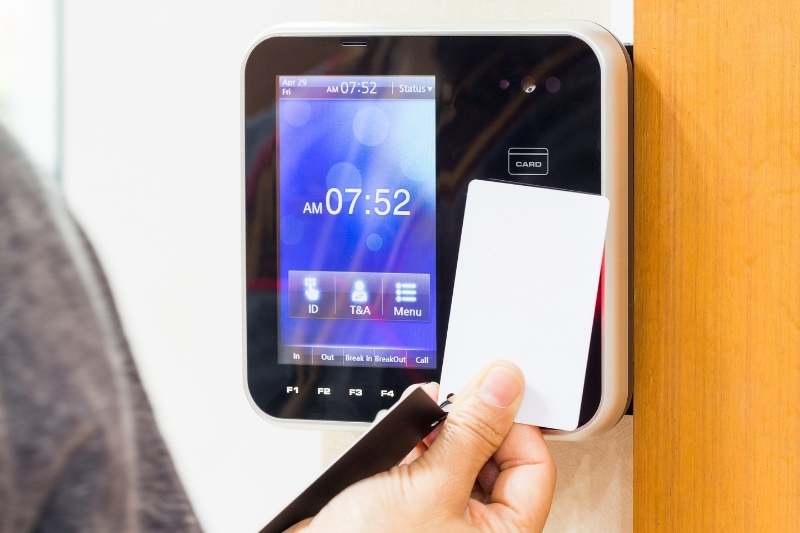
Access Control Solutions that Match Your Needs
Different types and sizes of businesses have different access needs. Access Control solutions from SRSCCTEK can help keep your employees and inventory safer by limiting who can enter your business, how they can enter it, and when they can enter it.
-Control employee entrances
-Limit access to secure offices
-Restrict entrance to IT server rooms
-Protect customer files from unauthorized access
-Limit access to only staff
-Restrict access to controlled substances
-Protect product and customer information
-Give regular customers or members code-access to your business
-Give trusted vendors limited access to make deliveries
Get a FREE Security Assessment
Fill out this form and and one of our security specialist will contact you to discuss SRSCCTEK's security solutions.

"Keeping Your Business Smooth Sailing"

